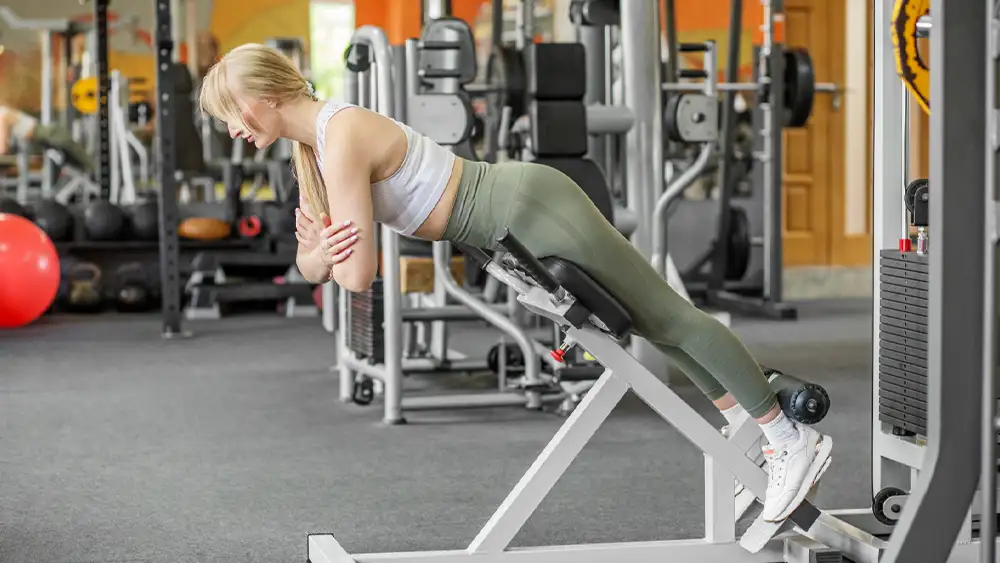Posture and Productivity: How they are Interlinked with Each Other?

Whether in the workplace, on the athletic field, or in daily life, when we think of performance, posture is rarely the first factor that comes to mind. Yet research shows that posture plays a profound role in how efficiently the body functions. From energy levels and concentration to athletic power and injury prevention, the way we hold ourselves is deeply tied to our ability to perform at our best.
Why Posture Matters More Than You Think
Posture is more than just “standing tall.” It is the alignment of bones, muscles, and joints that allows the body to move with balance and efficiency. Poor posture creates imbalances, which can be tightness in some muscles and weakness in others, that ripple across the body’s systems.
- Breathing: Slouched posture compresses the diaphragm, limiting lung capacity and reducing oxygen delivery to tissues.
- Circulation: Misalignment places pressure on blood vessels, which can slow circulation and contribute to fatigue.
- Nervous system: Compression of the spine or nerves due to poor alignment can affect motor control and even cognitive function.
For business professionals, this may manifest as reduced focus during long desk hours. For athletes, it can mean slower reaction times or a higher risk of injury.
Posture and Workplace Performance
In the modern workplace, poor posture is a hidden productivity drain. Sitting hunched over laptops or mobile devices for long stretches leads to chronic neck and back pain, headaches, and even reduced concentration. Research shows that employees with musculoskeletal discomfort take more sick days and report lower job satisfaction.
Employers can play a role in improving posture through ergonomic adjustments, such as providing supportive chairs, standing desks, or monitor risers. Encouraging regular movement breaks also helps employees reset their posture and re-energize. In turn, companies benefit from healthier, more engaged teams.
Posture and Athletic Performance

For athletes, posture is a direct performance variable. Proper spinal alignment ensures that muscles can fire efficiently, joints move smoothly, and balance is maintained. A runner with forward-rounded shoulders may experience restricted breathing, while a weightlifter with poor spinal positioning risks injury and reduced power output.
Correcting posture is all about optimizing biomechanics so athletes can push harder, recover faster, and achieve peak results. Coaches and physiotherapists often build posture correction into training programs because the payoff in performance is undeniable.
When Posture Leads to Deeper Problems
While slouching or rounded shoulders can often be corrected through lifestyle changes, chronic poor posture can sometimes cause long-term damage to the spine and intervertebral discs. Disc degeneration, herniation, or nerve compression are not uncommon consequences, particularly in people who spend years sitting for work or training under poor alignment.
In these cases, traditional treatments like physical therapy and pain medication may not be enough. This is where advances in regenerative medicine are showing promise. Clinics offering spine disc stem cell treatment in Panama are exploring how cell-based therapies can help repair damaged tissues, reduce inflammation, and restore function for patients with disc-related issues. While more research is ongoing, these treatments represent an exciting new frontier for individuals whose posture-related spinal problems have progressed beyond conservative care.
Practical Steps to Improve Posture and Performance
- Ergonomic awareness: Set up your workstation to support a neutral spine. Screens should be at eye level, and chairs should support the natural curve of the lower back.
- Strength and mobility training: Core strengthening, stretching, and mobility exercises keep the body balanced and resistant to misalignment.
- Mindful check-ins: Throughout the day, pause to notice how you’re sitting or standing. Simple awareness often prompts natural correction.
- Professional guidance: Physiotherapists, chiropractors, or trainers can design posture-focused programs tailored to individual needs.
Final Thoughts
Posture is often overlooked in conversations about performance, but it may be one of the most powerful tools we have for improving how we think, move, and work. From the boardroom to the sports field, maintaining proper alignment enhances efficiency, reduces fatigue, and prevents long-term damage.
For those already facing spinal issues, innovations show how medical science is expanding options beyond traditional therapy. By combining everyday posture awareness with emerging healthcare solutions, we can take a holistic approach to achieving both better performance and long-term wellbeing.

news via inbox
Sign up and never miss out on the latest news and updates at HighStuff



